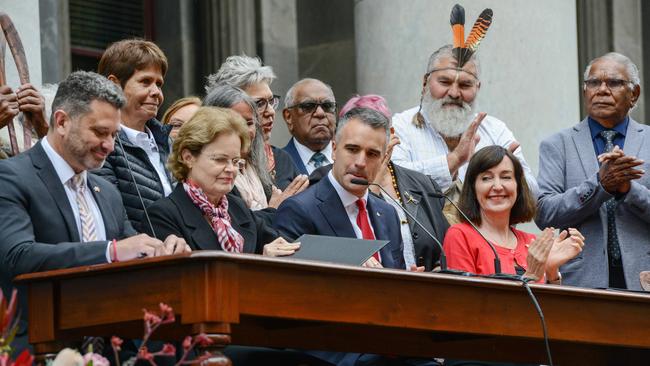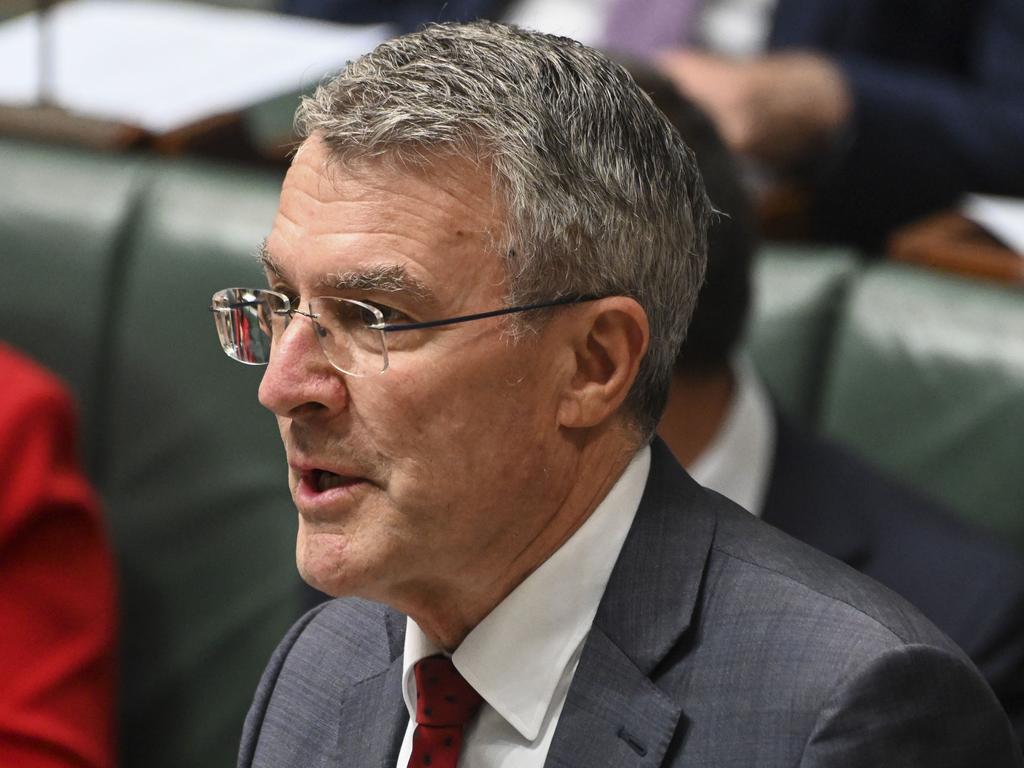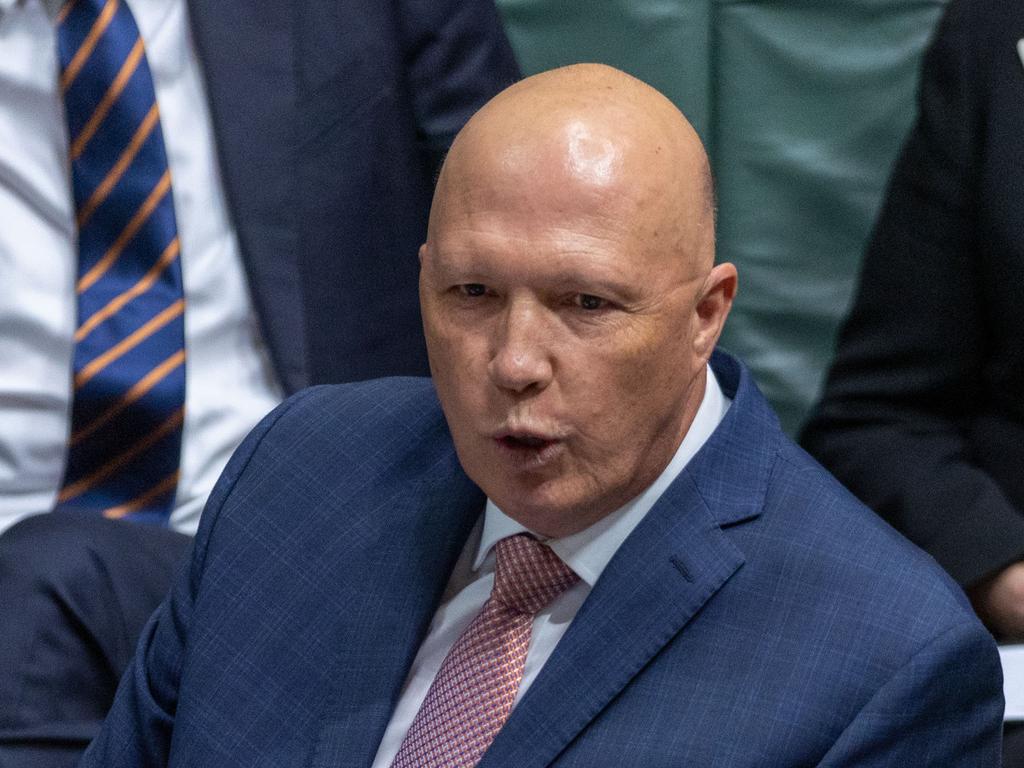
“What it isn’t is something that can change, stop or alter the course of what parliament usually does,” Maher told The Australian on Monday, the day after the SA First Nations Voice bill was passed at a special sitting of state parliament attended by 5000 people on Sunday.
“What it doesn’t mean is that there is a new third chamber of parliament that’s going to be able to veto or change what the parliament does. That’s not what it is at all.
“This is an advisory body. It will have a right to address parliament on legislation as it goes through as it concerns Aboriginal people. But it won’t have any right to stop, any right to amend, any right to veto. It will simply have the right to have voices heard so that when governments make these decisions they are taking into account the views of Aboriginal people.”
At a time when the Yes case struggles nationally due to what critics see as overreach in its drafting, the model backed in SA is marked by a more limited approach.
The biggest and most obvious difference is that the SA Voice involves no change to the state’s Constitution, meaning it can be removed by any future government if it is found to be a waste of time and/or an impediment to the independent workings of parliament.
The prospect for legal wrangling with Indigenous groups who feel their advice has been ignored is also reduced by the SA legislation explicitly acknowledging the non-binding nature of the feedback from Voice delegates.
In his public sell-job in favour of the Voice, Premier Peter Malinauskas qualified his enthusiasm for the model by saying the parliament reserves the right to say thanks, but no thanks, to any advice that it receives.
Malinauskas told The Australian last year that he could see situations where, for example, mining decisions came into conflict with Indigenous interests, but that the original decision had to stand in the state’s broader interest.
The SA Voice will comprise 42 elected delegates drawn from seven regions who will have a legally-enshrined right to meet with State Cabinet twice a year and have two meetings a year with the chief executive or commissioner of every government department.
Against the backdrop of the disconnect between Prime Minister Anthony Albanese and Attorney-General Mark Dreyfus on the relationship between a federal Voice and executive government, the SA model makes it clear that the advice from Voice delegates to departmental chiefs is not binding.
In terms of cost, the SA delegates will be paid a modest but still undetermined fee for their duties, with the total bill to taxpayers for wages, elections and administration standing at $10 million.
Tellingly, with a national party-political debate raging over the Voice in the background, the moderate-dominated SA Liberals ultimately baulked at supporting the SA model.
Under former premier Steven Marshall, the Liberal government announced in 2021 that it would introduce its own version of the Voice, a more modest 13-member advisory committee with six appointed and six elected delegates, chaired by Commissioner for Aboriginal Engagement Dr Roger Thomas.
That plan died alongside the one-term Marshall government at last year’s March election, but the SA Opposition remained open-minded about supporting the Malinauskas/Maher plan.
Even Peter Dutton told Adelaide radio prior to Christmas that he could see why the SA Liberals might support the local Voice as it did not require the more substantial step of altering the Constitution.
But as concerns grew among conservatives about the ramifications of a federal voice, new Opposition Leader David Speirs found himself under intense pressure from rank and file Liberals not to offer bipartisan support.
“It essentially creates a third chamber speaking into the parliamentary process,” Speirs said last month.
Despite what may happen with the referendum, Kyam Maher says the SA Voice is now law and will be operating before the national vote is held.
Save for a change of heart by a future SA government, he says he hopes it will be here to stay, hailing it as another historic first by the first Australian state to adopt land rights laws and give women the vote.
“We will have our voice set up with the first elections held prior to the referendum being held,” Maher told The Australian. “It will be here regardless of what happens federally.”






In making the case for the creation of the first Indigenous Voice to an Australian parliament, South Australian Attorney-General Kyam Maher focused not on what the Voice, is but what it isn’t.